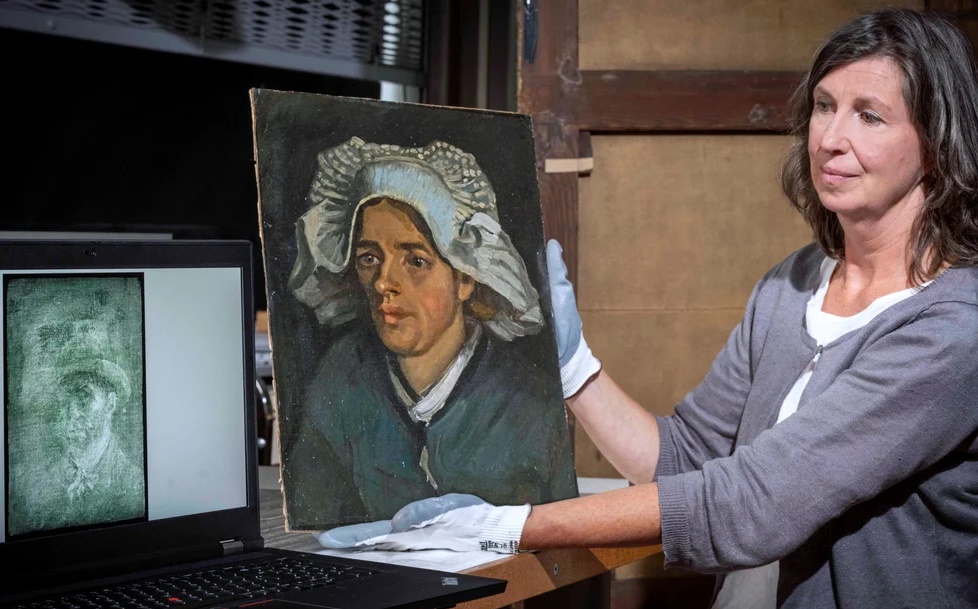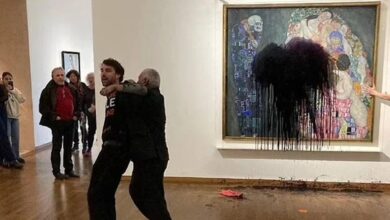Unpublished Van Gogh self-portrait discovered
They are looking for a way to separate them. / Unpublished Van Gogh self-portrait discovered

The National Gallery of Scotland discovered a self-portrait of the Dutch painter with his two ears glued under another painting by the artist. / Van Gogh self-portrait
An unpublished self-portrait of Vincent van Gogh, with his ear intact, has been found behind another canvas by the Dutch painter, one of the most influential figures in Western art, the National Gallery of Scotland in Edinburgh reported.
The work was discovered thanks to an X-ray study of the canvas Portrait of a Peasant Woman, made in 1885 by the artist, before an exhibition on Impressionism at the Scottish Museum. The portrait was found on the back of the canvas, covered by layers of glue and cardboard, which had apparently been placed before an exhibition in the early 20th century, the AFP news agency reported.
“When we first saw the X-ray, of course we were very excited,” explained Lesley Stevenson, Senior Curator at the National Gallery of Scotland.
“Moments like these are incredibly rare,” Frances Fowle, curator at the National Gallery of Scotland, said for her part.
“We have discovered a previously unpublished work by Vincent van Gogh, one of the world’s most important and well-known artists,” she added.
Van Gogh self-portrait
Van Gogh (1853-1890) is known for having reused fabrics to save money and for having made approximately 40 self-portraits in ten years, because he often did not have the money to pay models.
This self-portrait shows a seated bearded man wearing a hat and neckerchief, and his left ear – which the painter cut off in 1888 – is perfectly visible.
The work Portrait of a Peasant Woman entered the collection of the National Gallery of Scotland (NGS) in 1960, as part of a gift from a prominent Edinburgh barrister, and that work shows a woman from the village of Nuenen, in the southern Netherlands, where the artist lived from December 1883 to November 1885, according to BBC Mundo.
Scholars of Van Gogh’s work believe that the artist painted the self-portrait on the other side of the canvas later and at a key point in his career, after moving to Paris and being exposed to the work of the French Impressionists.
This discovery came about thanks to advances in science and technology and improved conservation methods that allow experts to appraise works of art without damaging them.
Van Gogh’s work hardly sold during the artist’s lifetime and his fame came after his early death in 1890, when he was only 37 years old. The discovered work will be exposed to the public at the exhibition in Edinburgh, from July 30 to November 13, where visitors will be able to see the painting, reproduced by radiography.
The conservators now have to assess how to remove the glue to separate the two paintings without damaging them.



